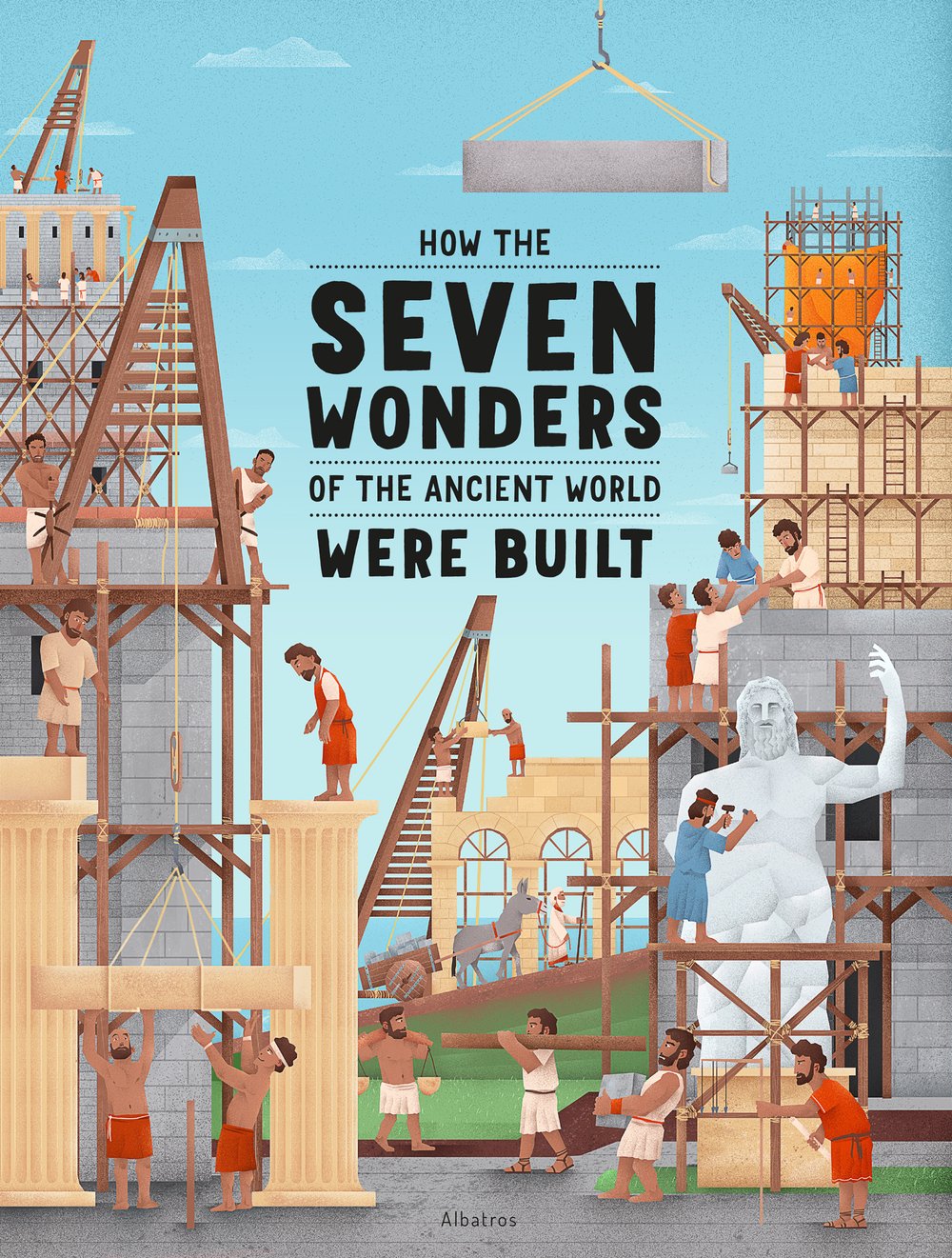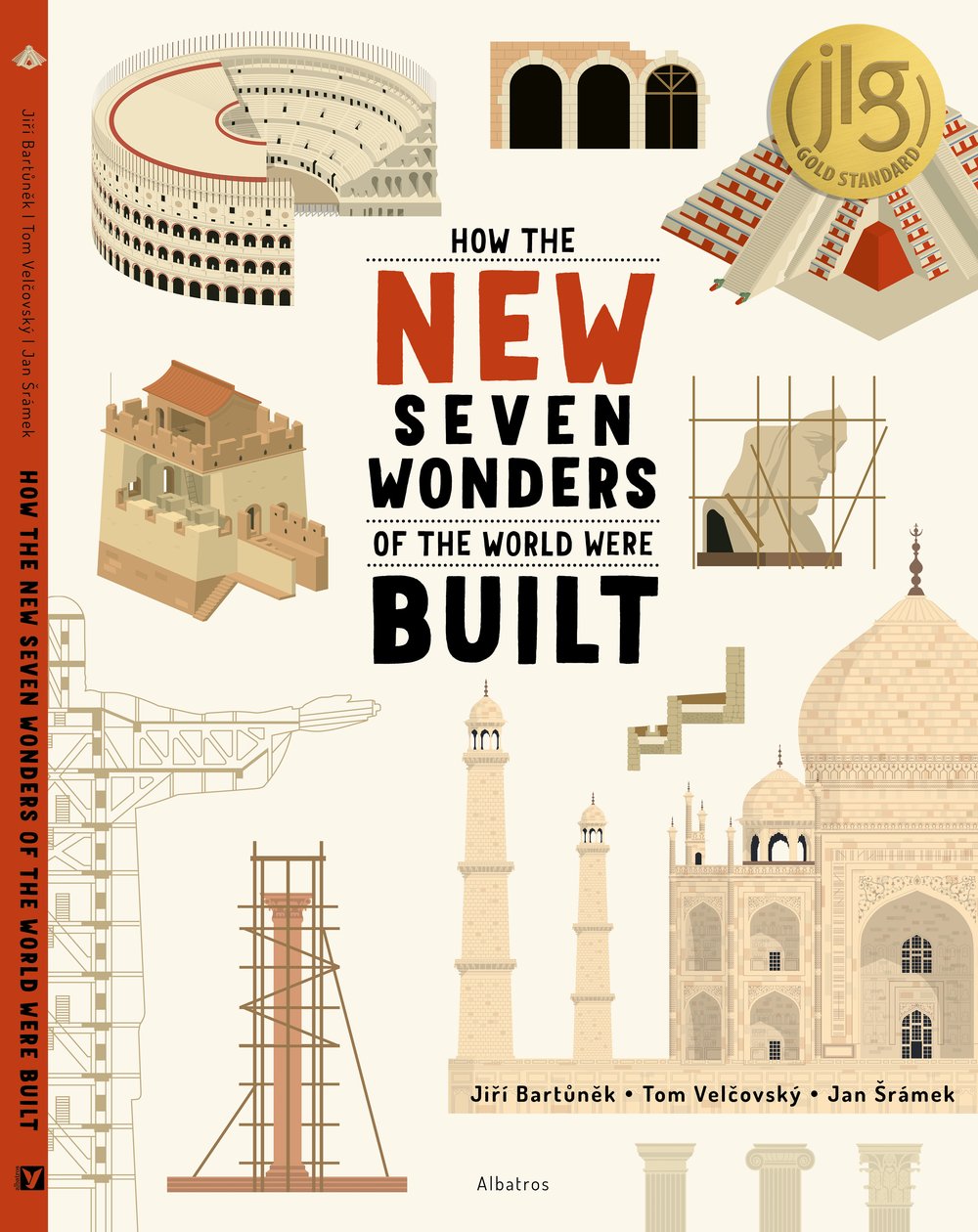How the Seven Wonders of the Ancient World Were Built

We admire the ancient wonders today, but somebody had to build them. No heavy machinery, no semi-trucks, no cement mixers. How was it even possible to build such wonders as pyramids and temples in ancient times?
Each one was unique, its beauty and magnificence lauded by the greatest poets and writers of the age. Everyone longed to see for themselves the Wonders of the World: the Colossus of Rhodes, the majestic Great Pyramids of Giza, the Lighthouse of Alexandria (which withstood earthquakes and gales), the spellbinding Statue of Zeus at Olympia, the breathtaking Temple of Artemis in Ephesus, the Mausoleum at Halicarnassus, and the Hanging Gardens of Babylon (inspiration for so many myths and legends). Just one of them — the pyramids — survives today. But come with us as we go back in time and learn the secrets of how these gems of ancient architecture were created. The building of each architectural masterpiece comprised so many details and small jobs, so much daily grind and sustained effort, with or without the help of machines.

Ludmila Henkova hails from the Czech Republic and currently is an elementary school teacher living and working in Brno, Czechia. Ludmila uses her knowledge and experience in special education and bibliotherapy to write about the world through a child’s view. When she’s not writing, she enjoys designing teaching programs and writing song lyrics.
Tomas SMOT Svoboda is a self-taught illustrator from Brno, Czech Republic. Although his main professional interest is in graphic design, in the past two years he has branched out and focused more on drawing.

